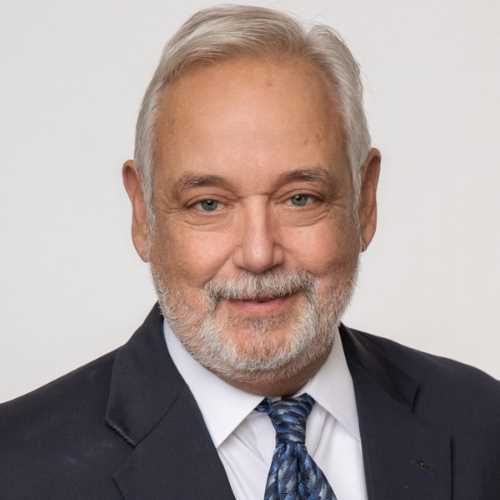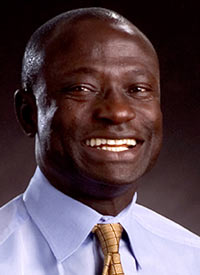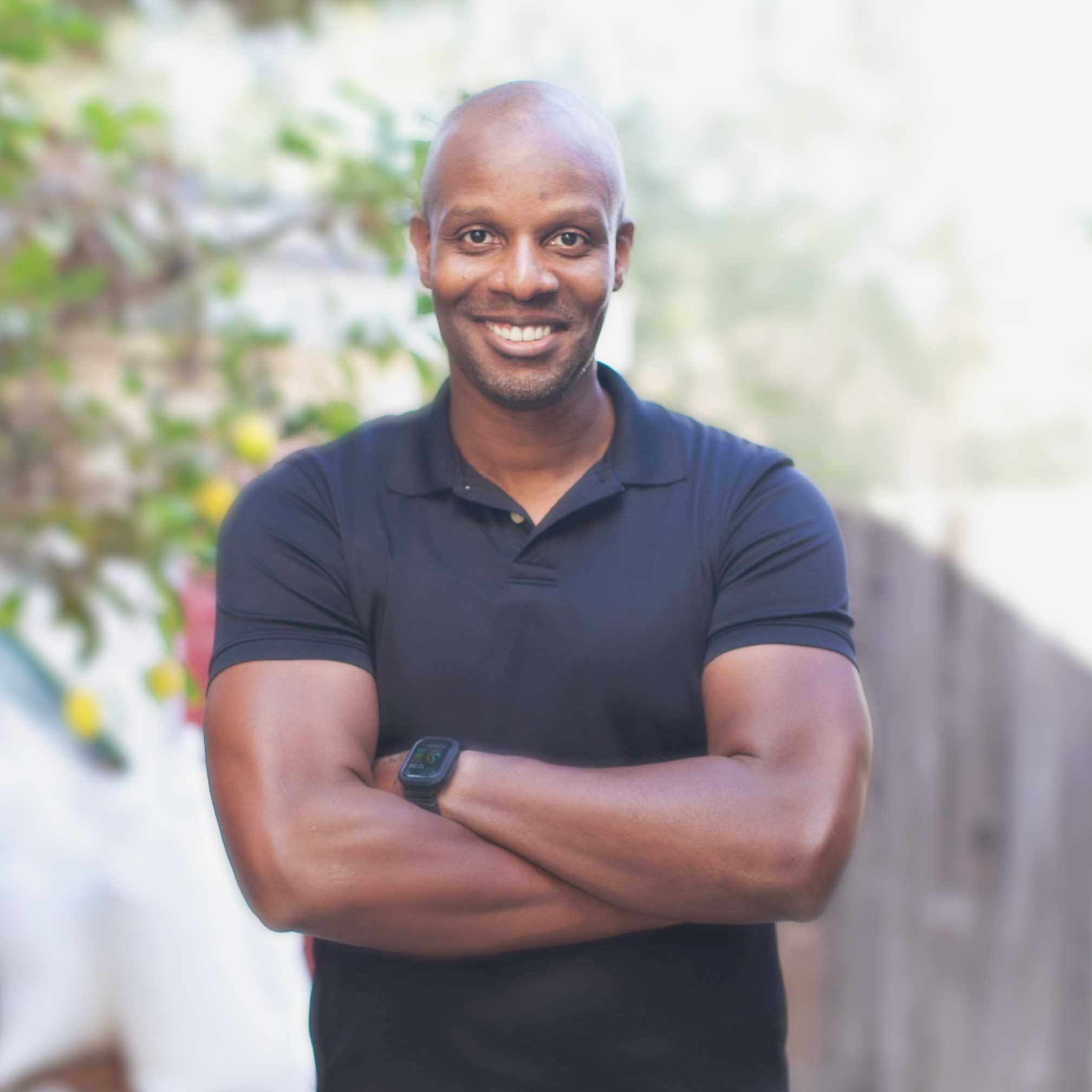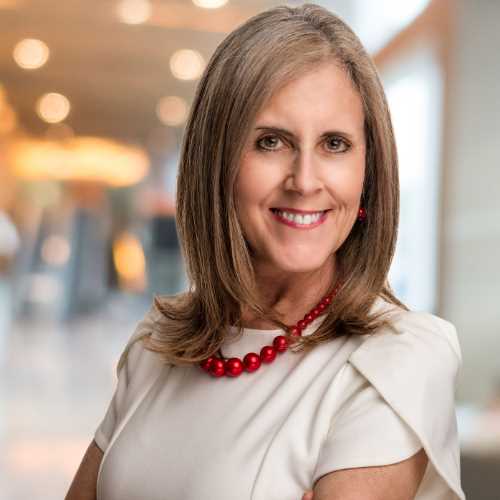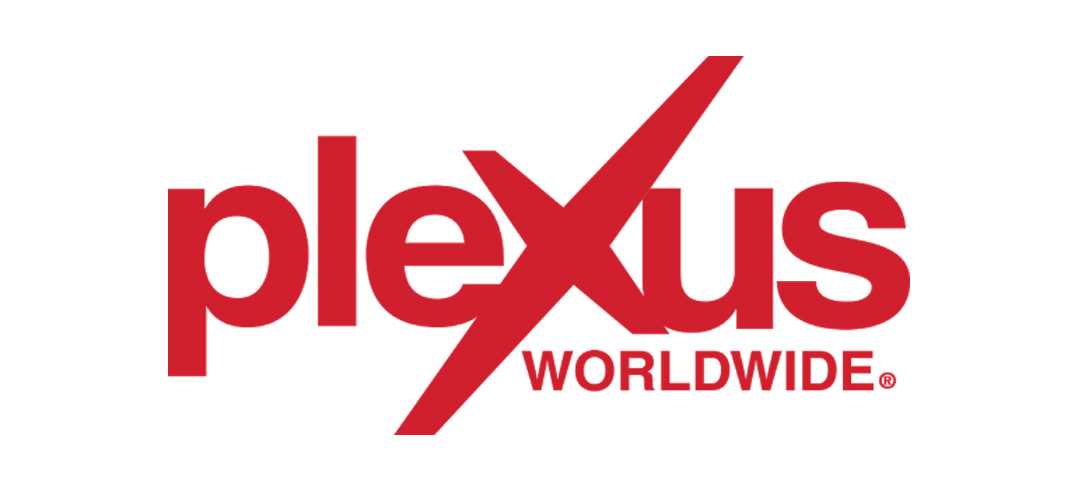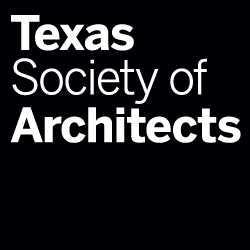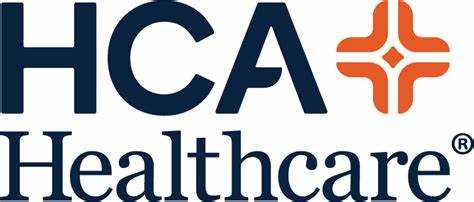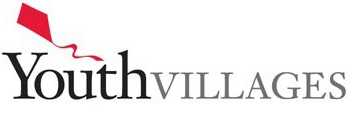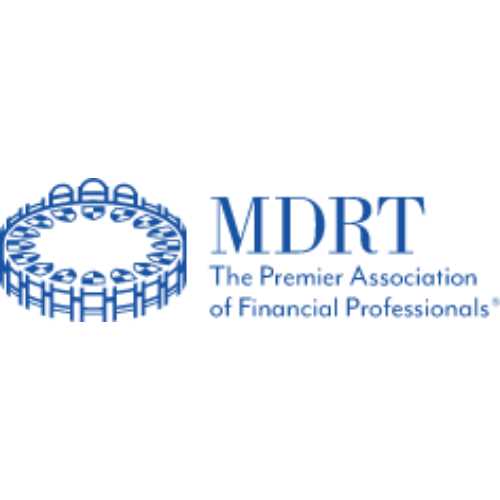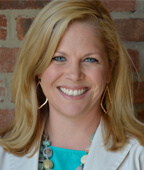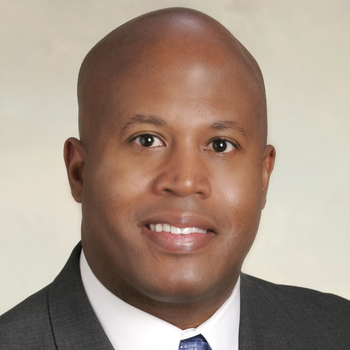
John Hodge
- Master Motivator of Teachers and Students
- Former Reading, English and Avid Teacher
- President of the Urban Learning and Leadership Center (ULLC)
Travels From
Virginia
John Hodge Speaker Biography
Dr. John W. Hodge is president and co-founder of Urban Learning and Leadership Center (ULLC), an organization focused on student achievement and reduction of the achievement gap. Dr. Hodge has over 28-years of experience in education, and is a nationally recognized consultant. During his career, Dr. Hodge has provided training and support to educators in over 300 rural, urban and sub-urban school districts that serve over a million students in the United States, Canada and South America.
His work and expertise are particularly focused on the areas of leadership, student achievement, equity, student resilience, poverty and high academic achievement despite the presence of risk-factors.Prior to launching Urban Learning and Leadership Center, Dr. Hodge served as a reading teacher, English teacher, AVID (Advancement Via Individual Determination) teacher, and Assistant Principal of a large urban middle school that received recognition by the United States Department of Education as a National Blue-Ribbon School.
Following his success in this position, Dr. Hodge was named Associate Director of AVID Center Eastern Division where he provided training and support to all AVID schools and district support teams in the eastern United States. This important work included all AVID schools in the state of Illinois. His passion and enthusiasm for working with underserved student populations resulted in him being named Director of An Achievable Dream Academy, a high-poverty inner city school in the commonwealth of Virginia. An Achievable Dream served over 1,000 K-12 students, over 95% of whom lived in poverty. It was here that many of the interventions used by Urban Learning and Leadership Center were piloted. Under the leadership of Dr. Hodge, An Achievable Dream Academy was named a National School of Character, and won the Mutual of America Community Partnership Award (MACPA), a national award that annually recognizes organizations that make significant societal impact.
Dr. Hodge's leadership, expertise and collaborative spirit resulted in the academy becoming a fully accredited, high-performing school. The success of An Achievable Dream Academy became the catalyst for the creation of Urban Learning and Leadership Center. Recognizing the expertise of the ULLC staff and the efficacy of its school improvement model, Governor Mark Warner and Dr. Jo Lynne DeMary, Superintendent of Public Instruction for the state of Virginia, selected the Urban Learning and Leadership Center to provide training for selected schools statewide. This effort was called the Governor's Urban Learning and Leadership Institute. The training institute served as the genesis for the Governor's Partnership for Achieving Successful Schools (PASS) initiative. PASS targeted the state's academically warned schools based on results of Virginia's Standards of Learning exams.
John received his Bachelor of Science degree from North Carolina A&T State University where he graduated with honors. He later received his Master of Arts degree from Chapman University. John completed his academic and professional preparation by earning a Doctor of Education degree from Virginia Tech where he conducted extensive research on factors that contribute to the academic success and/or failure of impoverished children.
What sets Dr. John W. Hodge apart in the field of education is his well-documented ability to put research and theory into everyday practice in rural, urban and suburban schools. Dr. Hodge has helped educators in elementary, middle and high schools make the necessary changes to help all children meet and exceed rigorous academic standards. He is known as a master teacher and staff developer. Dr. Hodge's career has been defined by assisting students and teachers overcome obstacles and achieve goals. He has also served as an inspirational speaker throughout the United States.Dr. John W. Hodge is truly one of America's most respected voices in education. His seminars are often "the spark" for schools in their quest to meet and exceed state/federal accreditation standards and implement strategies for continuous improvement.
Dr. Hodge is an expert in helping schools create and sustain academic excellence.Prior to starting his career in education, Dr. Hodge distinguished himself in the service of our country with the 7th Infantry Division of the United States Army.
BE THE ONE!
The education of America’s youth is a challenging prospect when one considers the many burdens faced by impoverished children and their families. Research indicates that poverty need not be a barrier to academic excellence. As co-author of the book Standing in the Gap, Dr. Hodge states, "Across the nation, schools are demonstrating that it can be done: That students can reach high standards, that all children can succeed, that the gap between white and minority students, poor and affluent, can be closed." More often than not, one caring adult can make all the difference in the world. Today’s presentation will encourage all of you to BE THE ONE!
LEADING SCHOOLS THROUGH TURBULENT TIMES
Keys to Success
The United States and the world have endured unprecedented challenges in the last 6 months. Today, we are recovering from the impact of economic and social hurdles that may seem overwhelming. It’s during times like the present that leadership it most important. Guided by peer-reviewed research in resilience, and the lessons learned by school leaders after Hurricane Katrina, this presentation will provide participants with 5-research supported principles designed to guide schools through the many obstacles ahead. Excellence is possible. Even when times are tough.
Culturally Responsive Teaching
The children who walk into our schools daily come to us from a variety of different cultures and social norms. Culturally responsive teaching helps schools to establish emotionally safe environments where all children feel welcome. Emotional safety often translates into higher academic achievement for greater numbers of children. This presentation will help teachers to make pedagogical decisions that are more culturally inclusive and achieve higher levels of student engagement. Children who feel cared for become adults who care more.
PLEASE STOP CALLING ME AT-RISK: THE POWER OF RESILIENCE IN TODAY'S URBAN YOUTH
In the fall of 2002, Dr. Jo Lynne DeMary, Superintendent of Public Instruction for Virginia Schools, requested that the Urban Learning and Leadership Center provide training for schools listed in Governor Mark Warner’s Partnership for Achieving Successful Schools (PASS) initiative. PASS targeted more than 100 academically warned schools based on the results of the Standards of Learning exams. Thirty-four of the schools were designated as PASS priority schools based on very low performance and were encouraged to attend training during the summer of 2003. With the governor’s approval, the training was called the Governor’s Urban Learning and Leadership Institute. As Director of the Urban Learning and Leadership Center, I was an integral part of the planning and delivery of training sessions.
I can vividly remember a comment made by a somewhat disgruntled participant. After expressing resentment that his school was “labeled” a PASS priority school, the participant commented; “these children can’t be successful because the deck is stacked against them.” Research regarding a phenomenon called resilience suggests that this type of deficit thinking may be partly responsible for the failure of students (Bernard, 1997). In keeping with the metaphorical observation presented by the participant, it is not that the deck is stacked against students; it may be that educators sometimes focus on the wrong cards. Research on resilience illustrates that children who are born with factors that place them at risk of failure can grow into productive citizens in spite of those factors (Werner & Smith, 1992). As educators, we must stop calling students at risk and begin to develop their resilience.
MOTIVATING TEACHERS TO MOTIVATE STUDENTS: LET'S TALK ABOUT BELIEF!!!
The stakes in public education have never been higher. If educators and communities think No Child Left Behind changed the game in schools, they should brace themselves for Common Core Standards. Now more than ever before, it is imperative that teachers and students are motivated to meet new challenges. This emotional presentation is designed to give teachers the push they need to re-enter classrooms with the desire to inspire every child they teach.
EDUCATING STUDENTS SOCIALLY, ACADEMICALLY AND MORALLY
This presentation teaches educators what it takes to create and sustain excellence in the classroom.
HELPING STUDENTS BOUNCE BACK: RESILIENCE
This presentation provides research supported strategies designed to help children bounce back from adversity.
HIGHER ORDER THINKING: FROM THEORY TO PRACTICE
It is safe to say that most educators believe that higher order thinking is necessary for educational success. We all know that this is a universal truth in education. Yet in classrooms throughout the United States, classroom instruction focuses on basic facts and relies on the ability of students to recall information and not think through challenging content. The staff of the Urban Learning and Leadership Center has had the opportunity to work with educators throughout the United States. We fully realize what is driving instruction for many teachers: Common Core. But in attempting to prepare students for success on state testing, teachers are failing to teach students how to think. Please note the dramatic difference. Classrooms that focus on the ability of students to recall content are simply teaching students WHAT to think. We believe that if our focus is on teaching students HOW to think through problems, schools will meet and exceed state and federal academic standards. This presentation will provide teachers with tools they can immediately use to facilitate higher order thinking in all classrooms.
THE MIRACLE STARTS HERE
Have you ever become discouraged after you've worked hard and the results did not reflect your effort? Have you ever, just for a moment, let the thought cross your mind that the barriers to educating all students might be too overwhelming to overcome? This presentation will inspire participants to reflect on the true purpose of education and their role in ensuring that all children reach their fullest potential. This session is designed to help school staff unleash the miraculous power of collaboration to create excellent schools.
FOLLOWING THE S.A.M.E. PATHWAY TO EXCELLENT SCHOOLS
S.A.M.E. stands for Social, Academic and Moral Education. It is a holistic approach to creating and sustaining academic excellence in today's schools. S.A.M.E. provides a research-supported, holistic view of school improvement by addressing all of the components of school and district culture which must be addressed if lasting school reform is to be attained, i.e. the Social Domain, the Academic Domain and the Moral Domain. As the rigor of state accountability measures increase, schools must focus their efforts to achieve and sustain academic excellence. This approach is designed to assist schools along a vast performance continuum, from schools that are struggling to schools that are exceeding performance standards. This approach has been particularly successful in schools serving high-poverty populations.
ACHIEVING AND SUSTAINING EXCELLENCE IN THE COMMON CORE ERA
This presentation is designed to help school districts meet and exceed the Common Core Standards with their students.



